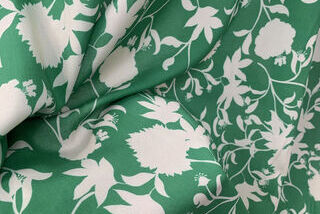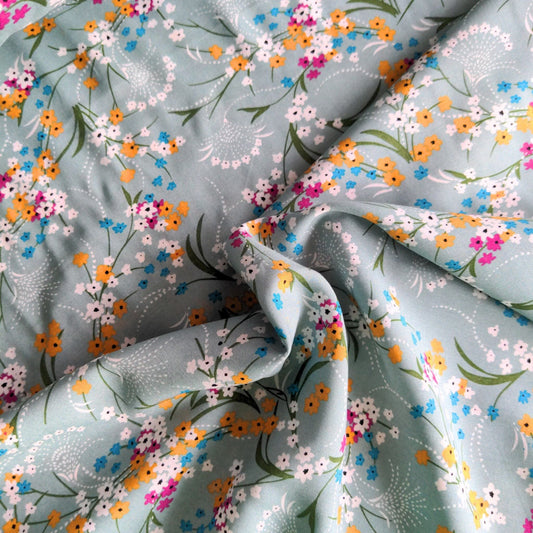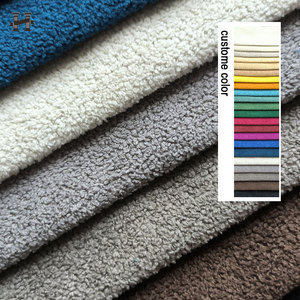Is Rayon Better for Sensitive Skin than Viscose?

Introduction
Choosing the right fabric is crucial in fashion and sewing, especially for those with sensitive skin. Rayon and viscose are popular choices, but which is better for delicate skin? This article will explore the properties of each fabric, their compatibility, and practical tips for their use.
Compatibility Analysis
When it comes to compatibility with sensitive skin, both rayon and viscose have their advantages, but neither is definitively better. Both are semi-synthetic fibers derived from cellulose, offering similar softness and breathability. However, the key difference lies in their manufacturing processes, which can affect their skin-friendliness.
Rayon is often considered more skin-friendly due to its smoother texture and higher absorbency, which can help wick moisture away from the skin. Viscose, while similar, may sometimes have a slightly harsher finish depending on the specific manufacturing process. Ultimately, the choice between rayon and viscose for sensitive skin depends on individual preferences and specific fabric treatments.
Fabric Properties Comparison Table
| Property | Rayon | Viscose |
|---|---|---|
| Fiber Content | Semi-synthetic (cellulose-based) | Semi-synthetic (cellulose-based) |
| Weight and Thickness | Lightweight | Lightweight |
| Breathability | High | High |
| Moisture-Wicking | Excellent | Good |
| Stretch and Elasticity | Moderate | Moderate |
| Wrinkle Resistance | Moderate | Moderate |
| Care Instructions | Cold wash, low iron | Cold wash, low iron |
| Durability | Moderate | Moderate |
Benefits of Mixing These Fabrics
Mixing rayon and viscose can enhance the texture and visual appeal of garments, offering a soft, luxurious feel with improved comfort and performance. The combination provides excellent drape and movement, making it ideal for flowing garments. Additionally, this blend is cost-effective and versatile across seasons, allowing for creative design possibilities in both fashion and home decor.
Potential Challenges
Despite their benefits, blending rayon and viscose can present challenges. Different shrinkage rates may occur, and conflicting care requirements can complicate maintenance. Textural clashes or pilling might arise, along with seam puckering or color bleeding. To address these issues, pre-wash fabrics before sewing, use compatible thread and needles, and follow specific care instructions to maintain the fabric’s integrity.
Sewing & Styling Tips
For the best sewing results, use a fine needle and polyester thread to accommodate the delicate nature of rayon and viscose. Consider using interfacing or stabilizers to prevent stretching during sewing. Finish seams with a zigzag stitch or serger for a clean look. Choose patterns that highlight the fabrics’ drape, such as loose blouses or flowing skirts. For styling, layer these fabrics for a chic, comfortable look suitable for both casual and formal settings.
Care & Maintenance Guide
To care for rayon-viscose blends, wash them in cold water and avoid high heat drying to prevent shrinkage. Use a low-temperature iron or steamer to remove wrinkles. For stain removal, treat spots with a mild detergent before washing. Long-term care involves storing garments in a cool, dry place to prevent damage and maintain their softness and color.
FAQ Section
-
Can you wash rayon and viscose together?
Yes, but use cold water and a gentle cycle to prevent damage. -
Will rayon shrink more than viscose?
Both fabrics are prone to shrinkage, so pre-washing is recommended. -
What needle size should I use for sewing these fabrics together?
A size 70/10 or 80/12 needle is ideal for lightweight fabrics like rayon and viscose. -
Can you mix rayon and viscose in one garment?
Absolutely, they blend well and offer a harmonious texture and drape. -
How do you prevent pilling when combining these fabrics?
Use a gentle wash cycle and avoid high-friction areas to minimize pilling. -
Is it okay to mix rayon and viscose for upholstery?
While possible, they may not withstand heavy use as well as other fabrics. -
What’s the best way to finish seams with these fabrics?
A serged edge or French seam provides a neat finish and prevents fraying.
By understanding the nuances of rayon and viscose, you can make informed decisions for your sewing projects, ensuring comfort and style for sensitive skin.


Leave a Reply